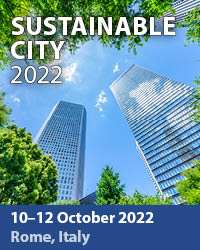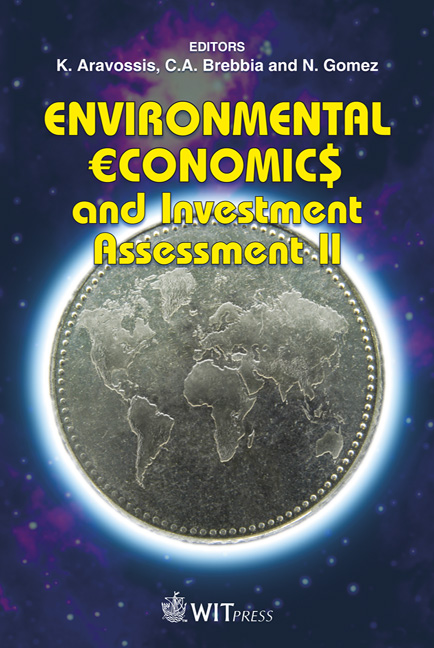A Projection Of BIPV Systems In Taiwan: Costs Versus Benefits
Price
Free (open access)
Transaction
Volume
108
Pages
10
Page Range
161 - 170
Published
2008
Size
427 kb
Paper DOI
10.2495/EEIA080161
Copyright
WIT Press
Author(s)
K.-J. Hsu
Abstract
Because Photovoltaic system tends to save the energy expenditure across the life span of the systems, this paper uses life cycle costing (LCC), saving-toinvestment ratio (SIR), and discounted payback period (DPP) methods to construct the renewable energy evaluation framework in Taiwan. The benefits of PVs mainly derive from energy cost savings, enhanced power quality and reliability, reduced environmental emissions, rebates, and other incentives. Based on the field data of PV-projects located at Taiwan, the paper identifies the technical and economic parameters of the systems evaluation model. The empirical case showed that the saving-to-investment ratio of the BIPV systems with/without government subsidy is not currently feasible in Taiwan. After examining critical factors of the PVs-project, the sensitivity analysis of the future PVs-project was shown. Based on the empirical residential case with a reasonable PR value, the results of sensibility analysis showed that BIPV will become one of the dominant renewable energies in the near future if good, integrated building design is available. Keywords: building-integrated photovoltaic (BIPV), building economics, life cycle costing, saving-to-investment ratio, risk analysis. 1 Introduction Photovoltaic systems (PVs) offer clean, virtually silent and low maintenance power on site. Its potential application depends on the local social-economic development and environmental conditions. It was recently suggested [1–3] that building Integrated Photovoltaic (BIPV) systems consisting of integrated photovoltaic modules into the building envelope could be a cost-effective means of abating CO2 emissions. There has been a dramatic down turn in costs [1, 4, 5],
Keywords
building-integrated photovoltaic (BIPV), building economics, lifecycle costing, saving-to-investment ratio, risk analysis.





